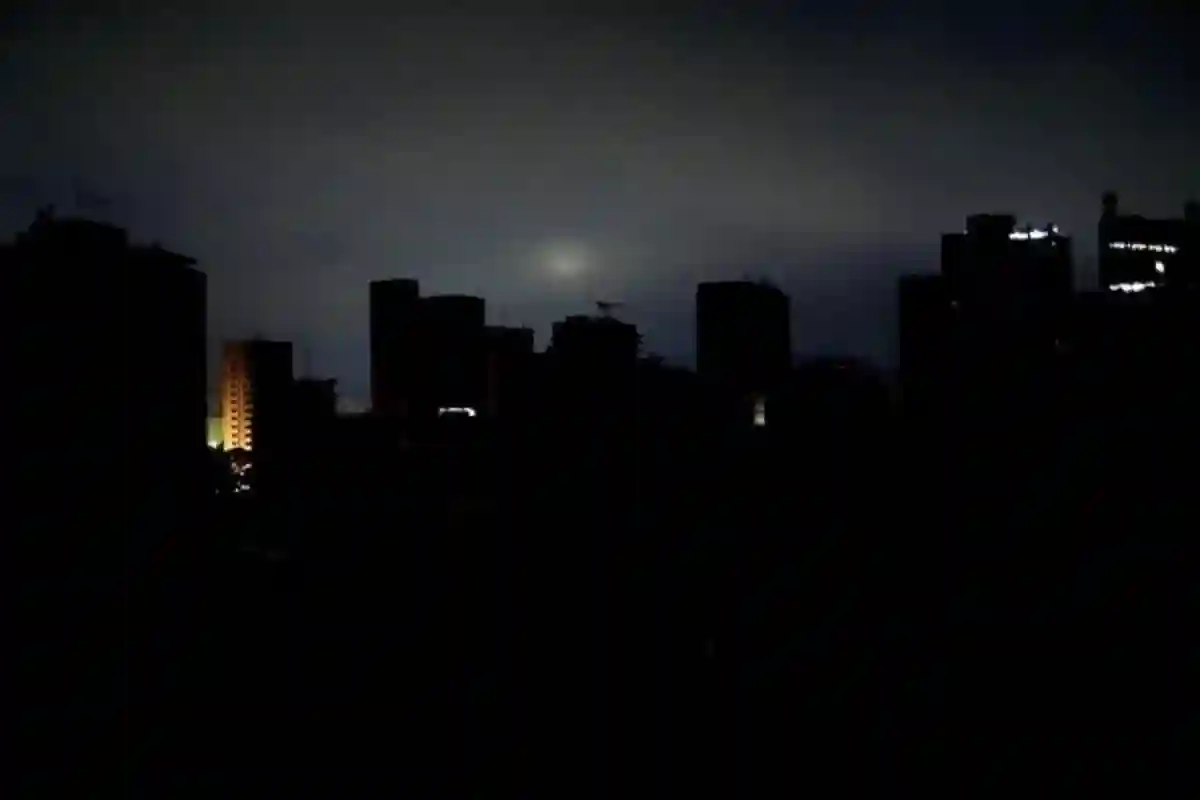Zimbabwe has been experiencing widespread power cuts in recent weeks, severely impacting the country’s manufacturing sector.
According to Kurai Matsheza, the president of the Confederation of Zimbabwe Industries (CZI), these power outages have forced some manufacturers to operate for less than six hours per day.
The disruption to the manufacturing industry has sparked fears of a significant economic downturn in the country. Said Matsheza:
In certain instances, some areas go for 18 hours or more without electricity. In certain instances, the quality of power is poor such that businesses are unable to run even when it is available.
No specific sector has been spared. We have been engaging the utility and it is a work in progress.
Christopher Mugaga, CEO of the Zimbabwe National Chamber of Commerce (ZNCC), warned that power outages could severely affect the winter wheat crop and manufacturers. He said:
The impact is far-reaching… We are looking at its impact on winter wheat farming, and its impact in terms of companies’ operational hours.
We are losing an average of eight to 12 hours of power daily. That alone has an impact in terms of production capacity, in terms capacity utilisation, and planning.
The tariffs are still steeply pegged at an average of US$0,14 per kW. We will continue to engage the government. We cannot talk of industrialisation without addressing power cuts.
This week, the Minister of Energy and Power Development Edgar Moyo tried to downplay the crisis. Said Moyo:
We don’t have what may be defined as a crisis. We have a marginal deficit. Our power supply level averages 1 450MW against an average peak demand of 1 800MW, leaving a deficit of a maximum of between 150MW and 350MW depending on daily demand.
Calling it a power crisis would be an exaggeration. We are just facing a marginal deficit caused by winter demand. This peaks in June and goes down in July.
However, according to statistics released by the Zimbabwe Power Company (ZPC), on Saturday, June 29, Hwange Power Station was generating 999MW, Kariba, 292MW, and IPPs 42MW, to give a total of 1 334MW.
Moyo said the 1,050MW Kariba Hydroelectric Power Station will not be completely shut down despite the dwindling water levels in the Kariba Dam. He said:
Kariba is not exiting the system. There is a reduced generation, but we hope to recover after the next rainy season.
On Friday, June 28th, the Zambezi River Authority (ZRA) reported that the usable live storage for power generation in the Kariba Dam had declined to 12.39%.
On the same date the previous year, June 28th, 2023, the usable live storage for power generation was 31.16%.
More: Pindula News

